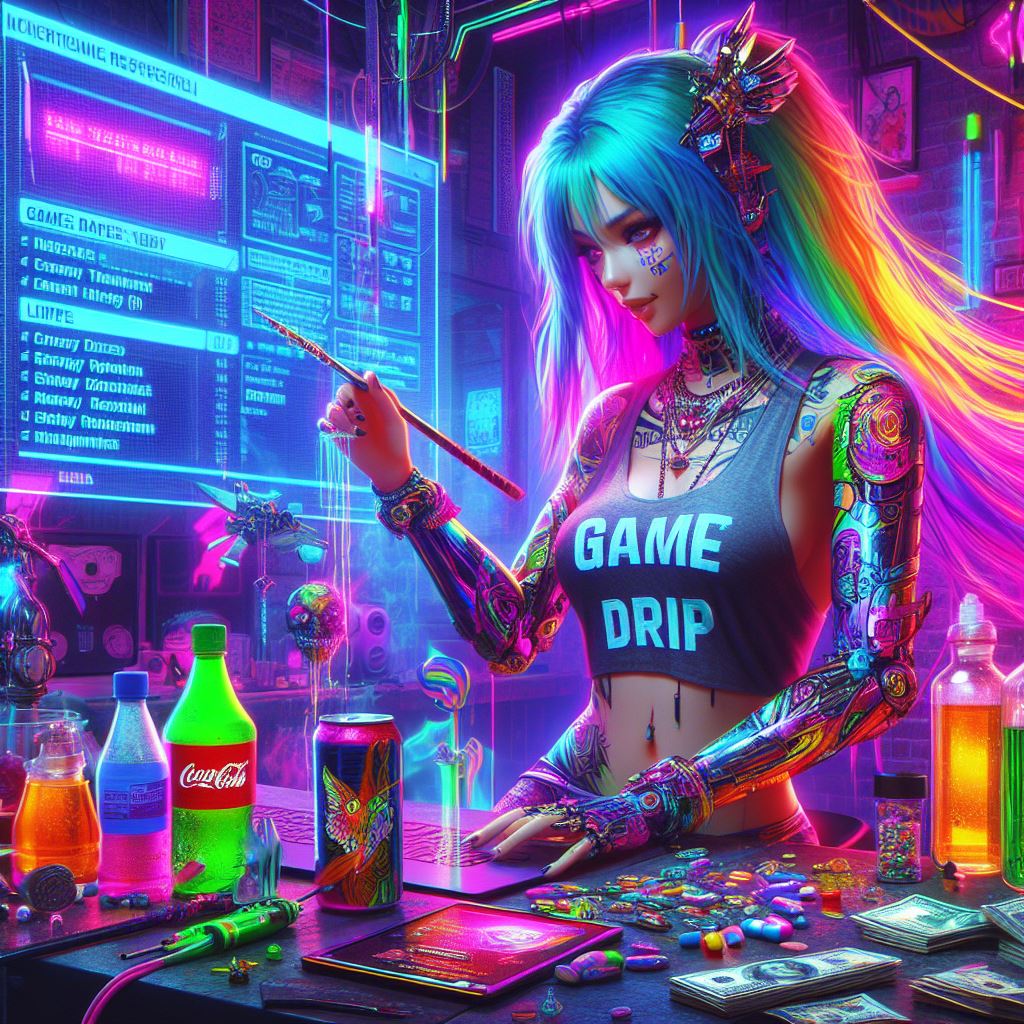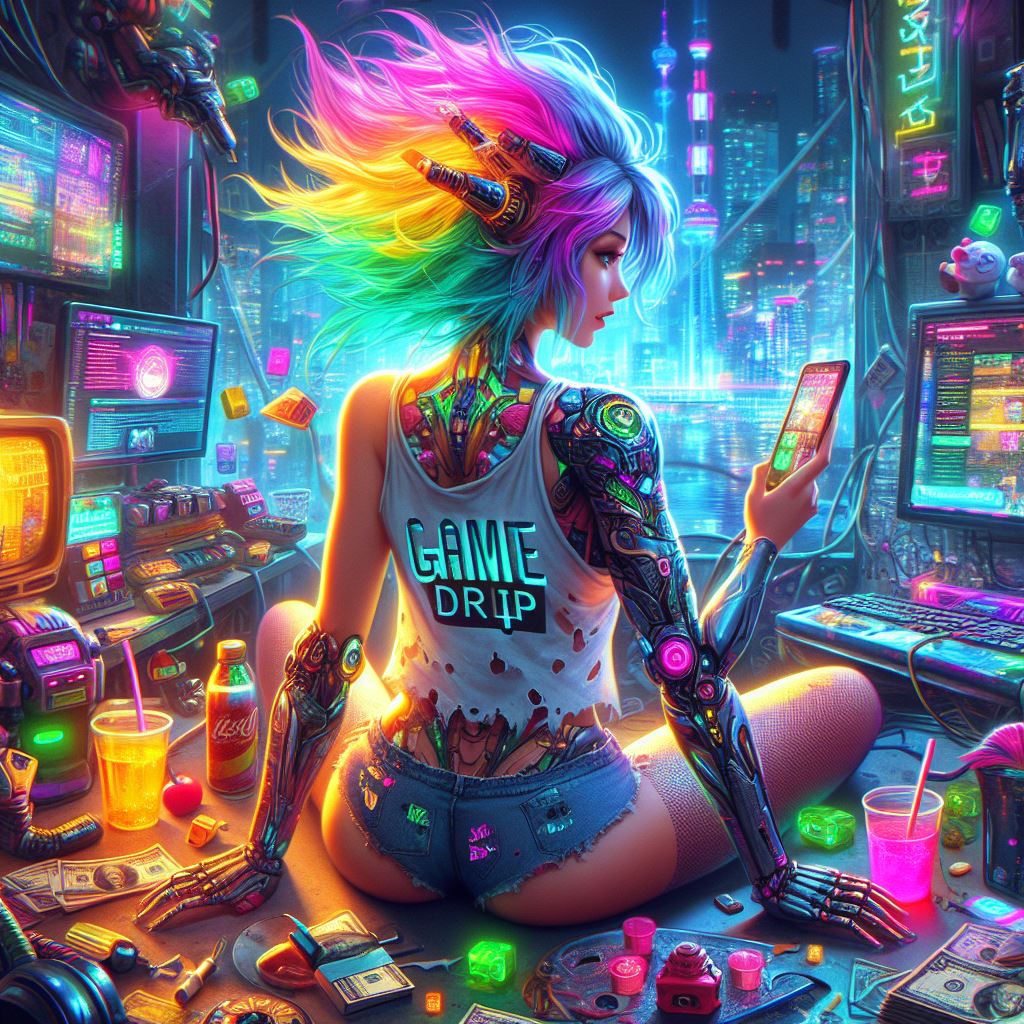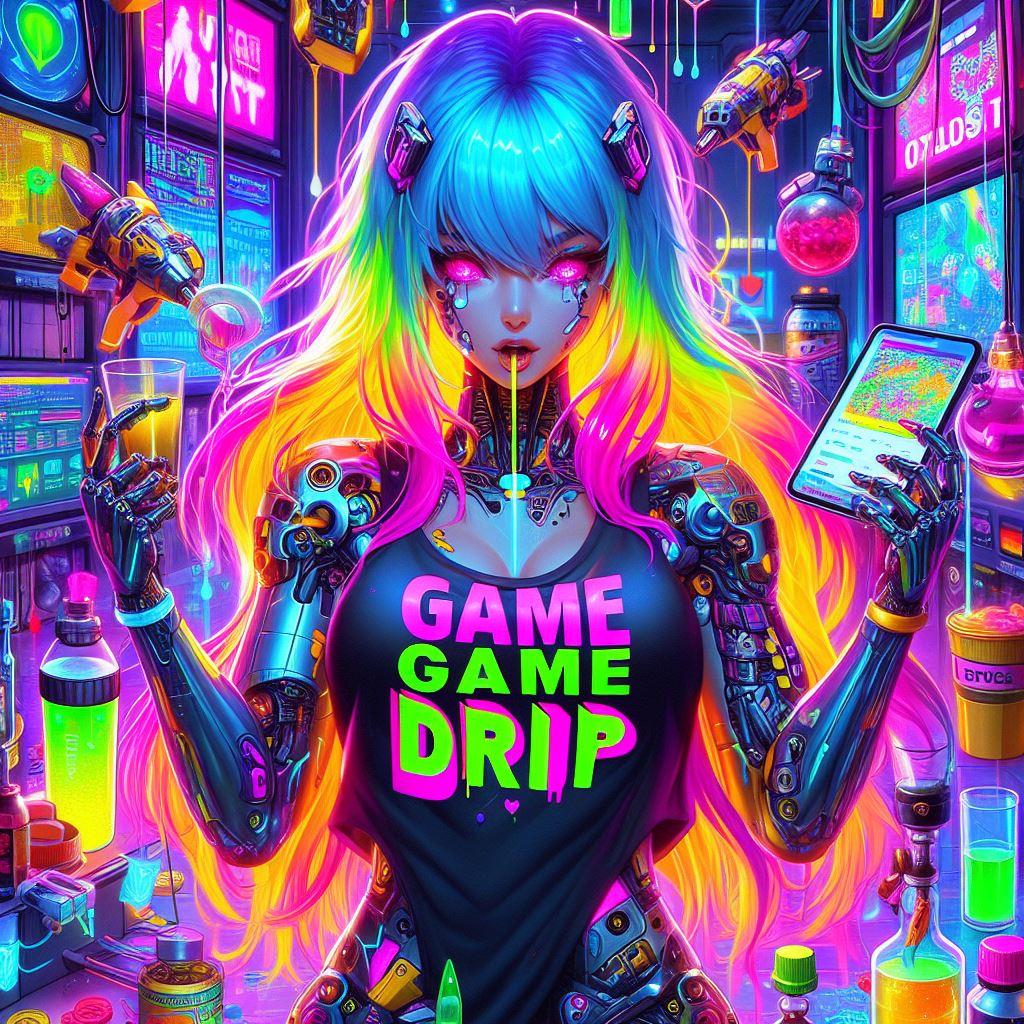#GunColony #Minecraft #Shooter

Founded in 2015, we are the most popular gun server to focus on bringing a team-based FPS experience to Minecraft.
Ever wanted to play Call of Duty in Minecraft, or shoot and survive waves of monsters in a sandbox arena? Then GunColony is for you!
We are also the only Minecraft server powered by a custom game engine. Our new Place engine will allow us to bring the GunColony experience to the standalone game and Fortnite Creative experiences.
Mob-ArenaSurvive waves of monsters in Mob-Arena, including custom mobs and bosses.
Pick your level of challenge with two difficulty options in each of our 28+ unique arenas. Defeat the final boss to win in Normal and Expert Mode, or fight off endless wave of mobs in the Endless Mode.

PVP
PVP – Fight against other players in classic Call of Duty gamemodes.
- Team DeathmatchFree For AllDominationKing of the HillKill ConfirmedWorld War II Scenario ModeMine-Spades: shoot, place, and destroy blocks for victory.Rare arcade modes: Juggernauts, One in the Chamber, and more
Competitive – Inspired by CS:GO. Fight in one-life modes with no sprinting, buy weapons with cash, and learn your grenade throws. Rank up on the leaderboards and prove yourself to be the best shot!
- EliminationDemolitionDefusal
HistoryIt’s very hard to create a fully-fledged and polished shooting system in Minecraft, but we have tried our best for five years to do just that.
2015 At launch, we were the first server in the world to feature 3D gun models (outside of modded servers).We were also the first server to add dynamic spread to our guns depending on how quickly you shot them – Mine-Strike was a close second.

2016We were the first server to add hitscan projectiles in Minecraft. Jectile would follow soon after with its own version.We added recoil patterns a few months after Hypixel Cops and Crims, but our system was better and followed CS:GO recoil perfectly.
2017We were the first to add a scope overlay using client-side hand held items that few gun servers have even today. This recreated the scope border of ACOG and Sniper scopes in then-popular FPS games.We added a grenade bouncing algorithm that allowed for more precise throws than solutions used by other servers.
2018We added a firemode system that allows guns to have semi-automatic, burst, and full-auto modes.We added a feature that allowed for an arbitrary amount of zoom in sniper scopes independent to movement speed.We introduced a modification system that allowed you to add attachments to weapons that change their in-game stats.
2019We introduced a realistic sway and recoil system. It’s the secret sauce of our gunplay today – not even a single other Minecraft server has working idle sway (or a non-gun server equivalent).We added realistic sounds to our weapons, which follow the speed of sound and can be heard from hundreds of blocks away.
2020We introduced dynamic crosshairs in hipfire, and realistically glowing reflex sight reticles. Both were previously thought to be impossible without mods.We made our gun system async and runs at a 120 Hz tickrate, making for the most responsive gunplay possible in Minecraft.
2021We developed the first full staff building system in Minecraft. Community staff members can build and playtest maps with unprecedented ease.
2022We introduced new staff building tools as well as support for Mob-Arena in the staff building system.We began development of the Place engine, a revolutionary new game engine designed to support cross-play between our Minecraft server and future standalone game.
2023We finished a multi-year rebalance of every weapon in the game, as well as new gameplay features like Hipfire Recoil.We became a recipient of Epic MegaGrants 2023 to bring the GunColony experience to Fortnite UEFN,
2024We applied the Place engine to the live GunColony server for the first time. We plan to fully rewrite GunColony in the Place engine in 2025, and release our standalone game in 2026.
Today as a result of 8+ years of innovation, GunColony is far ahead of our competition and the only place where you can find a complete FPS experience in vanilla Minecraft.
The Best Part? It’s Free!
- The server requires the Java Edition of Minecraft. If you already own Minecraft, joining is completely freeThe server is updated at least monthly, if not more often. In the last three months there have been 13 updates, which is roughly once every week!There is no pay to win whatsoever. All ranks are cosmetic-only. We are a community working together to create the best Minecraft shooter in existence.
IP: guncolony.com

![MineQuestSMP [1.21.4] – Join the Fun!](https://game-drip.com/wp-content/uploads/2024/04/gamedrip-news-top-721.jpg)












![Here are some improved options for your Minecraft server title, keeping it under 30 characters:
"GOLDFISH MC [Modded] SMP!"
"GOLDFISH MC: Modded Fun SMP"
"GOLDFISH Modded SMP Adventure"
"Goldfish MC: Epic Modded SMP"
"GOLDFISH MC: Fun Modded SMP"
Feel free to pick or mix elements from these suggestions!](https://game-drip.com/wp-content/uploads/2024/04/gamedrip-news-latest-3284.jpg)

![How about this: "🔥 Kingdoms of Faction RP 🔥 [Cross-Play]"?](https://game-drip.com/wp-content/uploads/2024/04/gamedrip-news-trending-5605.jpg)



